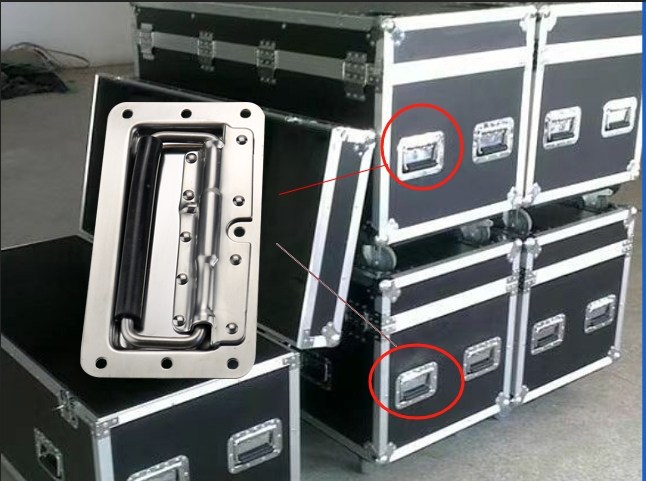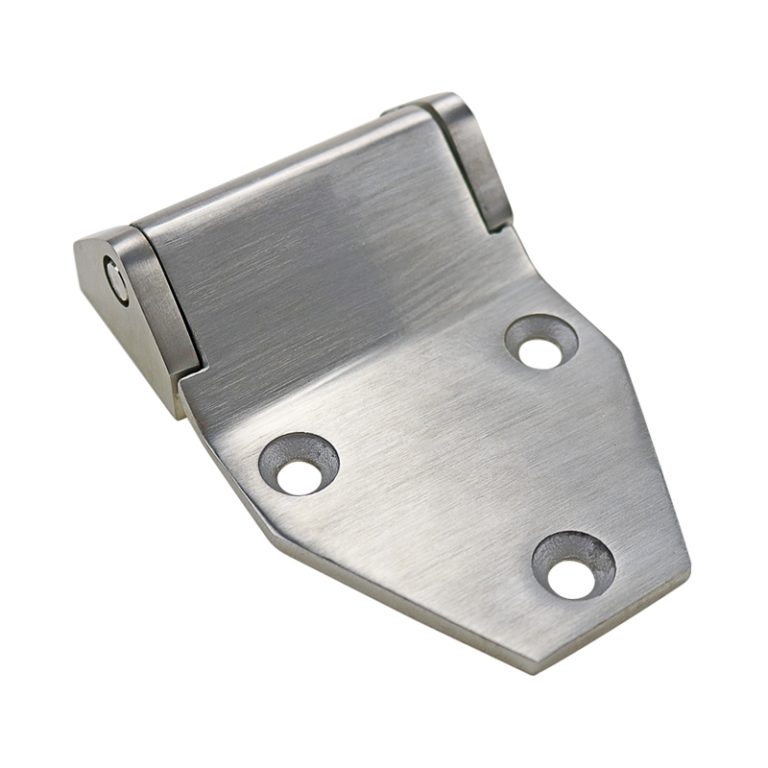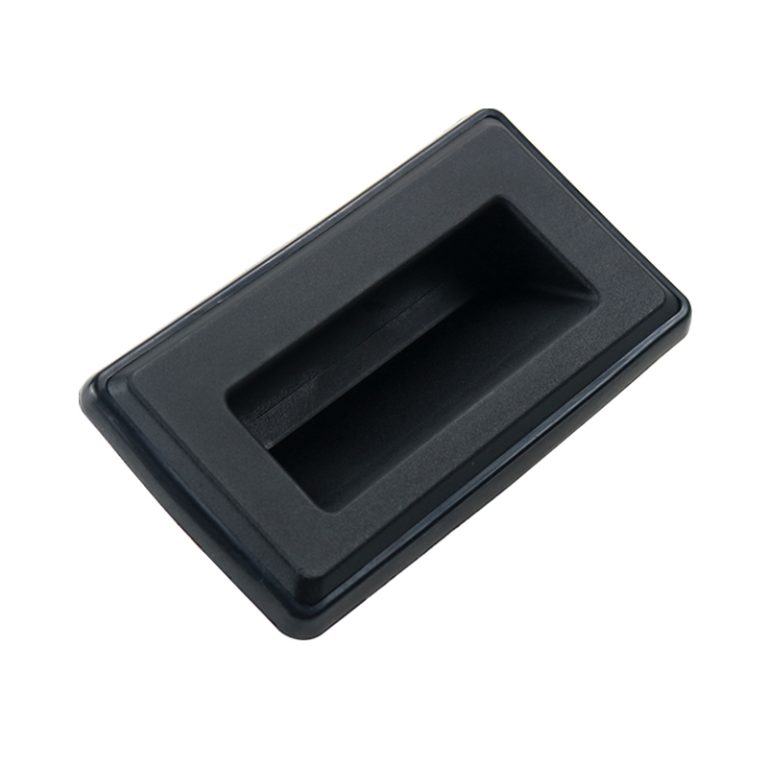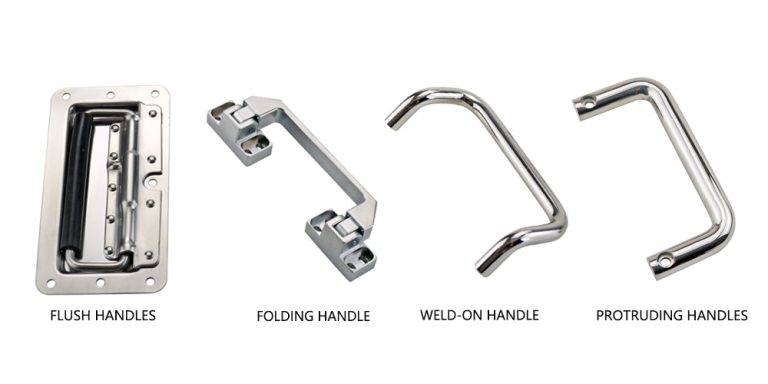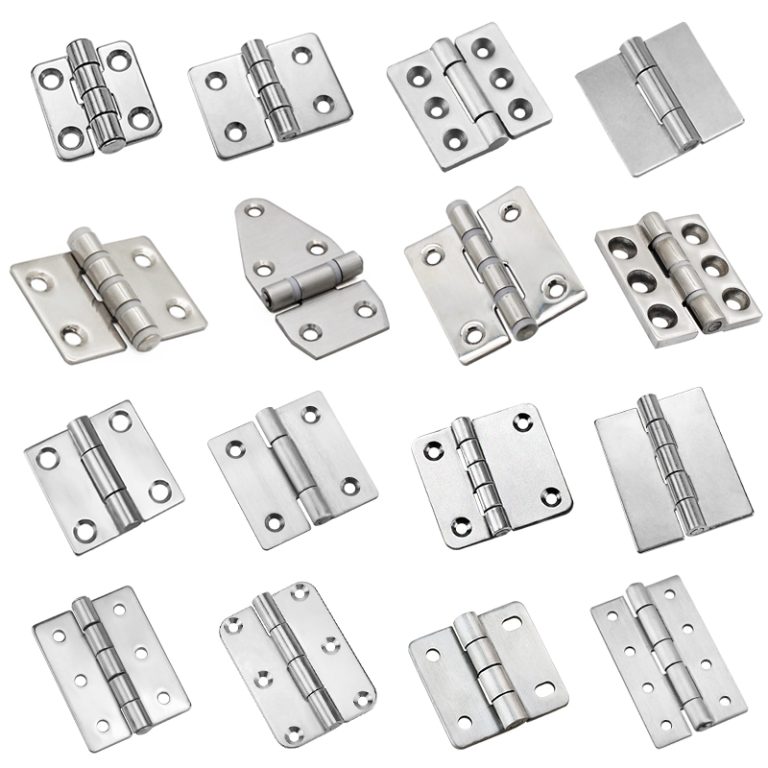HTAN is one of the leading manufacturers of industrial hinges, handles and latches in China.

I. Overview
Electric cabinet hinges are critical components that connect the cabinet and door, directly influencing the equipment’s safety, operational convenience, and service life. High-quality hinges must meet the following core functions:
- Stable Load-Bearing: Support the weight of the cabinet door for extended periods to prevent deformation or sagging.
- Flexible Opening and Closing: Ensure smooth door operation without jamming or rattling.
- Environmental Adaptability: Maintain stable performance in wet, corrosive, or high-temperature scenarios.
With numerous hinge types available in the market (e.g., standard, corrosion-resistant, heavy-duty, etc.), enterprises need to balance technical requirements, cost control, and supplier reliability. This article provides a comprehensive guide to the entire process, from selection to delivery.
II. Basic knowledge of hinge selection
1. Electric Cabinet Hinges Common Types and Applicable Scenarios
| Type | Characteristics and Application Scenarios |
|---|---|
| Standard Type | Economical and practical, suitable for indoor lightweight cabinets (e.g., office building distribution boxes). |
| Anti-Corrosion Type | Stainless steel or coating process, ideal for outdoor, coastal, and high-humidity environments. |
| Heavy-Duty Type | Thickened materials with a load capacity of over 50kg, suitable for industrial equipment cabinets. |
| Fire-Retardant Type | Flame-retardant materials that meet fire protection requirements (e.g., shopping malls, data centers). |

2. Material Selection Recommendations
- Stainless Steel: Strong corrosion resistance; recommended for harsh environments like chemical plants and food processing. Use 316L material for optimal performance.
- Steel: Low cost but requires surface anti-corrosion treatment; suitable for dry indoor scenes.
- Aluminum Alloy: Lightweight but with lower strength; ideal for small cabinets.
3. Key Parameter Reference
- Load-Bearing Capacity: ≥ 1.5 times the weight of the cabinet door (e.g., a 20kg door requires a 30kg-grade hinge).
- Protection Level: IP54 or above for outdoor scenes to ensure dustproof and waterproof performance.
- Installation Compatibility: Confirm that the hinge matches the thickness (usually 1.5-3mm) and hole position of the cabinet.
III. Electric Cabinet Hinges Before You Buy
Define the Requirements
- Evaluate usage scenarios (indoor/outdoor/special environments), door weight, and frequency of opening and closing.
- Set a budget range: Corrosion-resistant types cost about 2-3 times more than standard types.
Market Research
- Categorize Suppliers:
- International Brands (e.g., Schneider, ABB): Leading technology but higher prices.
- Chinese brand (HTAN): Cost-effective with fast service response.
- Small and Medium-sized Manufacturers: Verify production qualifications (e.g., ISO 9001) and quality inspection reports.
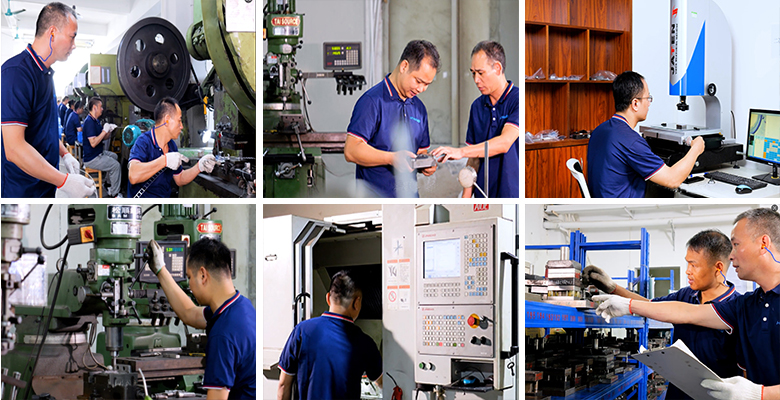
IV. Supplier Evaluation and Cooperation Agreement
1. Supplier Capacity Verification
- Production Capacity: Check if the factory has automated equipment (e.g., CNC machines) and if the monthly production capacity meets standards (over 100,000 pieces recommended).
- Quality Control: Require salt spray test reports (e.g., no rusting after 48 hours) and material strength certificates.
- Customization Ability: Confirm if the design can be adjusted according to specific needs (e.g., special opening and closing angles).
2. Sample Test Points
- Appearance: Ensure no surface burrs and uniform welding points.
- Performance: Simulate 5,000 switch cycles without failure; load-bearing tests must meet standards.
- Installation Verification: Complete accessories with hole position error ≤ 0.5mm.
3. Cooperation Terms
- Warranty: At least 2 years, with free replacement of faulty products.
- Delivery Time: Establish a clear delivery cycle and set aside a 15% buffer to mitigate delay risks.
V. Successful Case Reference
Industrial Scene Application
- Rittal Hinge: Uses high-strength alloy, supports 125° large-angle opening and closing, simplifies equipment maintenance, and is ideal for data center cabinets.
- New L-Shaped Buckle Plate Design: Enhances installation stability, achieves IP40 protection level, and reduces long-term maintenance costs.
- Removable Hinge Program: Split structure design simplifies installation and replacement processes, minimizing downtime.
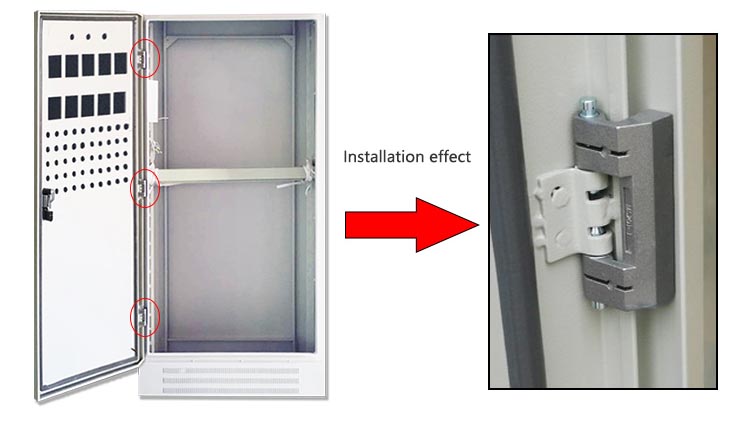
VI. Electric cabinet hinges common problems and coping strategies
| Problem | Cause | Solution |
|---|---|---|
| Loose Hinge | Screws not tightened or hole diameter too large | Use spring washers or replace self-tapping screws. |
| Switch Rattling | Insufficient lubrication or worn parts | Add high-temperature grease; replace if severe. |
| Rust | Material not resistant to environmental corrosion | Change to 316 stainless steel or apply anti-corrosion coating. |
| Budget Overspending | Excessive pursuit of high performance | Select basic models with customized features. |
VII. Summary
Electric cabinet hinge procurement should focus on technical suitability, cost-effectiveness, and supply chain stability. It is recommended that enterprises:
- Establish clear supplier evaluation criteria (e.g., quality certifications, delivery capabilities).
- Verify product performance through sample testing.
- Sign flexible contracts and prepare contingency plans.
By implementing systematic management, companies can reduce procurement risks and achieve long-term cost optimization.


